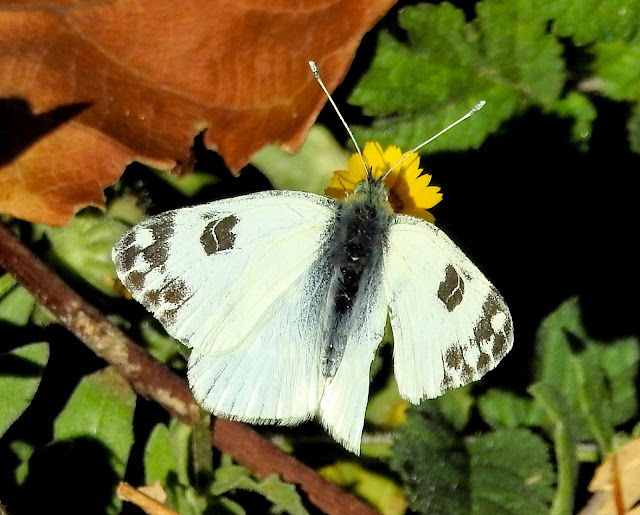The Common starling (Sturnus vulgaris) is a medium-sized passerine bird in the starling family, Sturnidae. It is a noisy bird, especially in communal roosts and other gregarious situations, with an unmusical but varied song. Its gift for mimicry has been noted in literature including the Mabinogion and the works of Pliny the Elder and William Shakespeare.
The Сommon starling is a medium-sized bird. It has glossy black plumage with a metallic sheen, which is speckled with white at some times of the year. The legs are pink and the bill is black in winter and yellow in summer. Juveniles are grey-brown and by their first winter resemble adults though often retaining some brown juvenile feathering, especially on the head. They can usually be sexed by the color of the irises, rich brown in males, mouse-brown, or grey in females.
Common starlings are native to Eurasia and are found throughout Europe, northern Africa (from Morocco to Egypt), India (mainly in the north but regularly extending further south and extending into the Maldives) Nepal, the Middle East including Syria, Iran, and Iraq and north-western China. Common starlings in the south and west of Europe are mainly resident, although other populations migrate from regions where the winter is harsh. Most birds from northern Europe, Russia, and Ukraine migrate southwestwards or southeastwards. In the autumn, when immigrants are arriving from eastern Europe, many of Britain's common starlings are setting off for Iberia and North Africa. Common starlings prefer urban or suburban areas, reedbeds, grassy areas such as farmland, grazing pastures, playing fields, golf courses, and airfields where short grass makes foraging easy. They occasionally inhabit open forests and woodlands and are sometimes found in shrubby areas. These birds are also found in coastal areas, where they nest and roost on cliffs and forage amongst the seaweed.
%2020.jpg)
%2021.jpg)
%2020.jpg)
%2021.jpg)
%2020.jpg)
%2021.jpg)











































